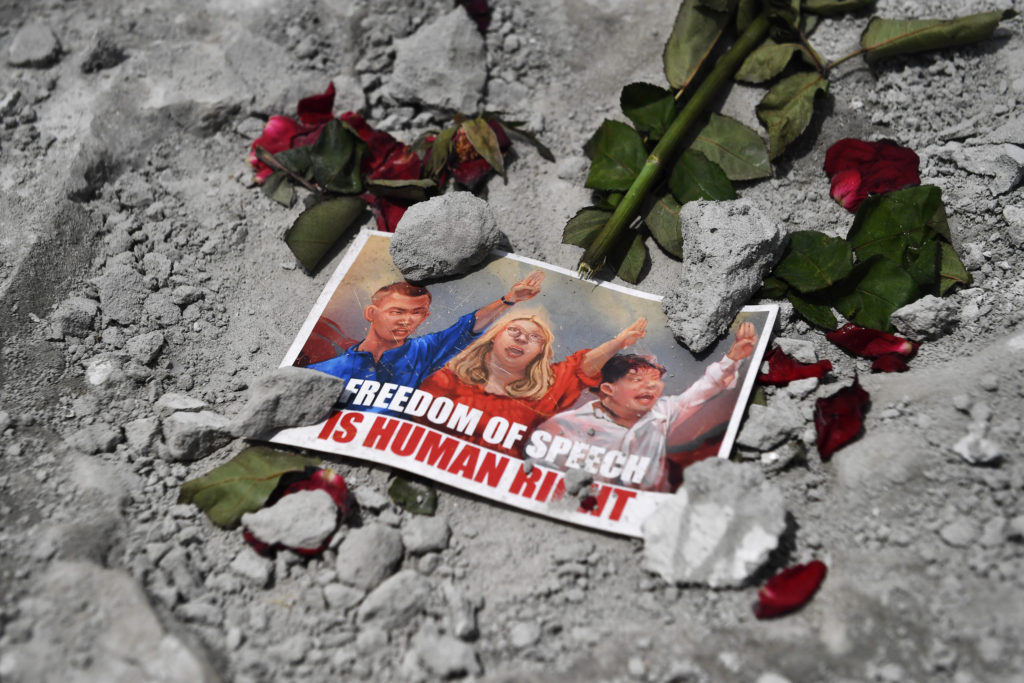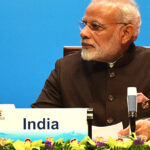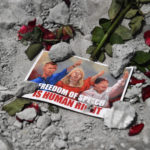
More than 100,000 people demonstrated on the open field at Sanam Luang, in front of Wat Phra Kaew and the Grand Palace in Bangkok over the weekend, defying the military-backed government of Prayuth Chan-o-cha and calling for unprecedented monarchical reforms.
The student-led protests that began in July have dramatically escalated, as anti-government protesters installed a plaque that declared that Thailand “belongs to the people,” in open defiance of its once-revered monarchy. The plaque, which was later removed by city officials, was a direct challenge to the authority of Thailand’s King Maha Vajiralongkorn.
Internal anxiety over the Prayuth’s handling of the Covid-19 pandemic, his failure to revive Thailand’s flagging economy, and internal disagreements over who should have been named the successor to Gen. Apirat Kongsompong as the head of the Royal Thai Army has reached a crisis point, with rumors of yet another coup d’état running rampant.

Further, a crisis of moral legitimacy now impedes the Thai monarchy, with Vajiralongkorn suffering from a problem of his own making, evidenced by his prolonged absence in Germany during the pandemic, lavish spending, and ongoing Palace intrigue.
This might suggest a regime and a monarchy in crisis or on the verge of collapse, but history has harsh warnings for those expecting an uneventful conclusion. Regimes, even dying ones, rarely go quietly.
In recent memory, Thailand needs only to look at Belarus and Ukraine. In 2004, 300,000 people took to the streets during the Orange Revolution calling for the resignation of then President, Viktor Yanukovych. Those loyal to Yanukovych sought to incite a violent counter-response by mostly peaceful protestors.
These were acts of desperation by Yanukovych, but strategies of non-violence prevented its escalation. In fact, a state is often less likely to use force when there is a more cohesive nonviolent coalition. That proved the difference during the 2013 Euromaidan protests, which arose from Ukraine’s decision to withdraw from a European Union pact in favour of closer ties with Russia.
Political and ethnic divisions and an entrenched Yanukovych resulted in the regime using violence almost from the outset, with brutal murders at the hands of the Berkut riot police and the slaughter of unarmed protesters on Black Thursday in January 2014.
After a rigged election in Belarus extended the 26-year tenure of President Alexander Lukashenko last month, complaints were lodged by the US and the EU, the regime responded with violence when its external legitimacy was compromised. Authorities loyal to Lukashenko, including riot police, have harassed, assaulted and arrested thousands of peaceful protesters. Human rights watchdogs claim that many that have been detained have been beaten or mistreated while incarcerated.
Thailand can easily look within for reminders of the dangers of a cornered regime. The uprising of October 1973 saw more than 300,000 people take to the streets against the regime of Thanom Kittikachorn. Thanom’s reaction to his vast unpopularity – because of corruption, heavy-handedness, and nepotism – and the groundswell of opposition arrayed against him resulted in his ordering of authorities to open fire on protesters gathered in the streets of Bangkok.
An intervention by King Bhumibol Adulyadej forced his resignation and exile. His return in 1976 set off a chain of events that led to the worst atrocity in modern Thai history in the form of the Thammasat University massacre.
Military regimes, even contemporary or short-lived ones brought about by coups, are prone to violence. The stunning events of Black May, where General Suchinda Kraprayoon overthrew the corrupt government of Chatichai Choonhavan in 1992, eventually led to the slaughter of dozens when the state responded to protests in the streets. The uprising and resulting military crackdown saw 44 people killed and 1,728 injured.
Thailand’s youth-led protestors face unchartered waters as they aim to topple both the military-backed regime and the monarchy that enables its survival. Gone are the days of grand King Bhumibol interventions, where moral legitimacy would be the final arbiter of Thai political disputes. Vajiralongkorn is not viewed with the same reverence as his father, demonstrated by the outpouring of grief at Bhumibol’s passing in October 2016.
Protesters have a long road ahead. Insolation from violence is required, even if Prayut’s – or someone else’s – hold on power slips. Enabling an intergenerational coalition of civil society groups and public supporters based on nonviolent strategies would lower the chances of an armed response.
Violence escalated on both sides after the death of Khattiya Sawasdipol, the Red Shirt military advisor in May 2010. The perception that Red Shirt protesters were violent in 2010 made an armed response from the Abhisit government “legal.”
In today’s unprecedented and unpredictable political environment, protesters must look to the past and the recent present and prepare for a worst-case scenario based on peace-based approaches, as authoritarian regimes rarely die slowly or without dire consequences.






